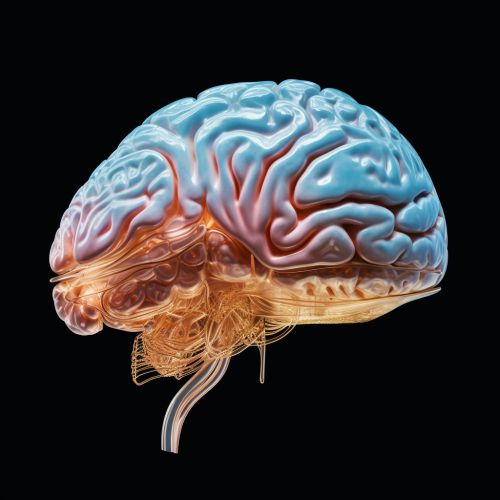Cognitive Map
Introduction
A cognitive map is a type of mental representation which serves an individual to acquire, code, store, recall, and decode information about the relative locations and attributes of phenomena in their everyday or metaphorical spatial environment. The concept was introduced by Edward C. Tolman in 1948.
Definition and Overview
The term "cognitive map" was coined by the American psychologist Edward C. Tolman in 1948. According to Tolman, cognitive maps enable individuals to understand and interact with the spatial environment surrounding them. These maps are not necessarily spatial or geographical; they can also represent abstract concepts such as social relationships or theoretical frameworks. Cognitive maps are a form of mental representation, and they play a crucial role in decision-making processes, problem-solving, and spatial navigation.
Characteristics of Cognitive Maps
Cognitive maps possess several key characteristics. They are subjective, meaning they are unique to the individual who creates them. They are also dynamic, changing and evolving over time as the individual gains new experiences and information. Cognitive maps are not always accurate representations of the physical world; instead, they are influenced by the individual's perceptions, beliefs, and experiences.
Formation of Cognitive Maps
Cognitive maps are formed through a process of spatial learning. This involves the acquisition of information about the environment, such as the locations of objects, the distances between them, and their spatial relationships. This information is then integrated into a coherent mental representation, or cognitive map. Spatial learning can occur through direct experience with the environment, or indirectly through the use of maps, diagrams, or other forms of spatial representation.
Cognitive maps play a crucial role in spatial navigation. They allow individuals to orient themselves in the environment, plan routes, and make decisions about where to go and how to get there. Cognitive maps are not static; they are constantly updated and revised as the individual moves through the environment and encounters new information. This dynamic nature of cognitive maps is what enables individuals to navigate unfamiliar environments and adapt to changes in the environment.
Cognitive Maps in Non-Human Animals
Research has shown that many non-human animals, including rats, birds, and insects, also use cognitive maps for spatial navigation. This suggests that the ability to form and use cognitive maps is not unique to humans, but is a fundamental aspect of animal cognition.
Cognitive Maps and the Brain
Cognitive maps are thought to be stored in the brain, specifically in the hippocampus, a region of the brain that is involved in spatial memory and navigation. Research has shown that damage to the hippocampus can impair the ability to form and use cognitive maps, providing further evidence for the role of this brain region in spatial cognition.


Cognitive Maps in Psychology and Cognitive Science
In psychology and cognitive science, cognitive maps are used as a theoretical framework for understanding how individuals represent and navigate their environment. They are also used in research on spatial cognition, decision-making, and problem-solving.
Cognitive Maps in Artificial Intelligence
In the field of artificial intelligence, cognitive maps are used as a model for developing algorithms that enable machines to navigate and understand their environment. These algorithms are used in a variety of applications, including autonomous vehicles, robotics, and virtual reality.
Limitations and Criticisms
While the concept of the cognitive map has been influential in many fields, it has also been the subject of criticism. Some researchers argue that the cognitive map is an oversimplified model of spatial cognition, and that other factors, such as sensory cues, landmarks, and procedural knowledge, also play a crucial role in spatial navigation. Others argue that the concept of the cognitive map is too vague and lacks empirical support.
